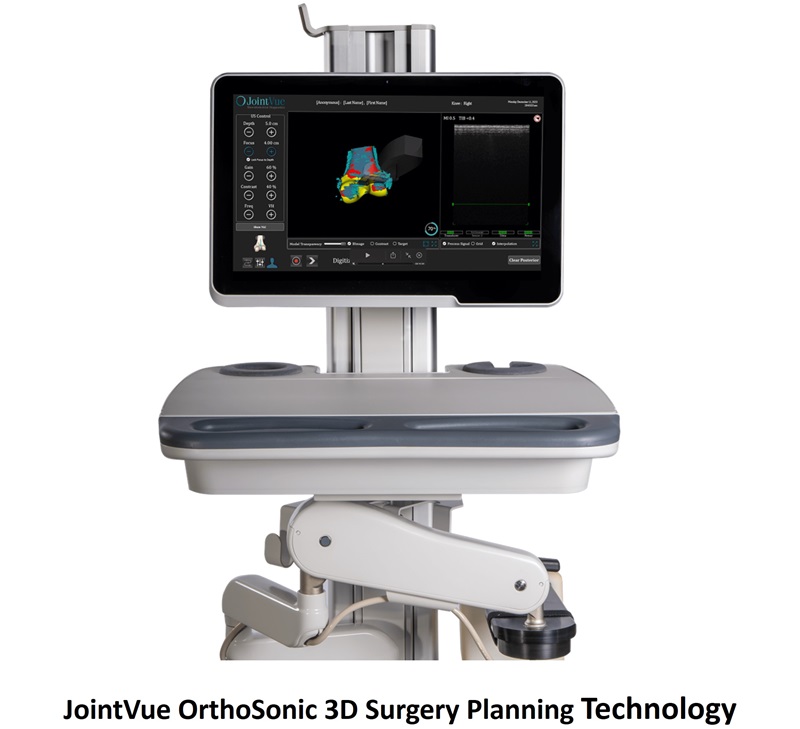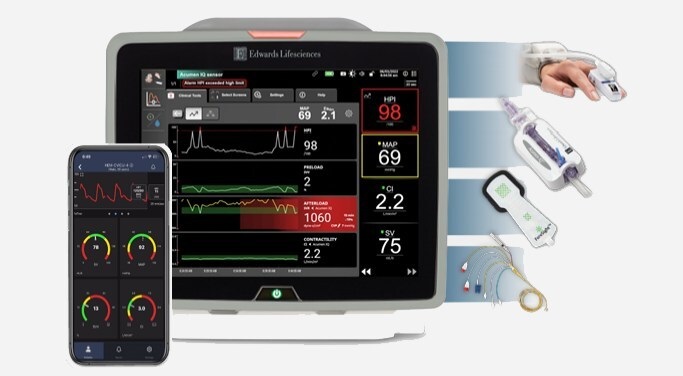AI Diagnostic Tool Performs On Par with Radiologists in Detecting Diseases on Chest X-Rays
|
By HospiMedica International staff writers Posted on 19 Sep 2022 |
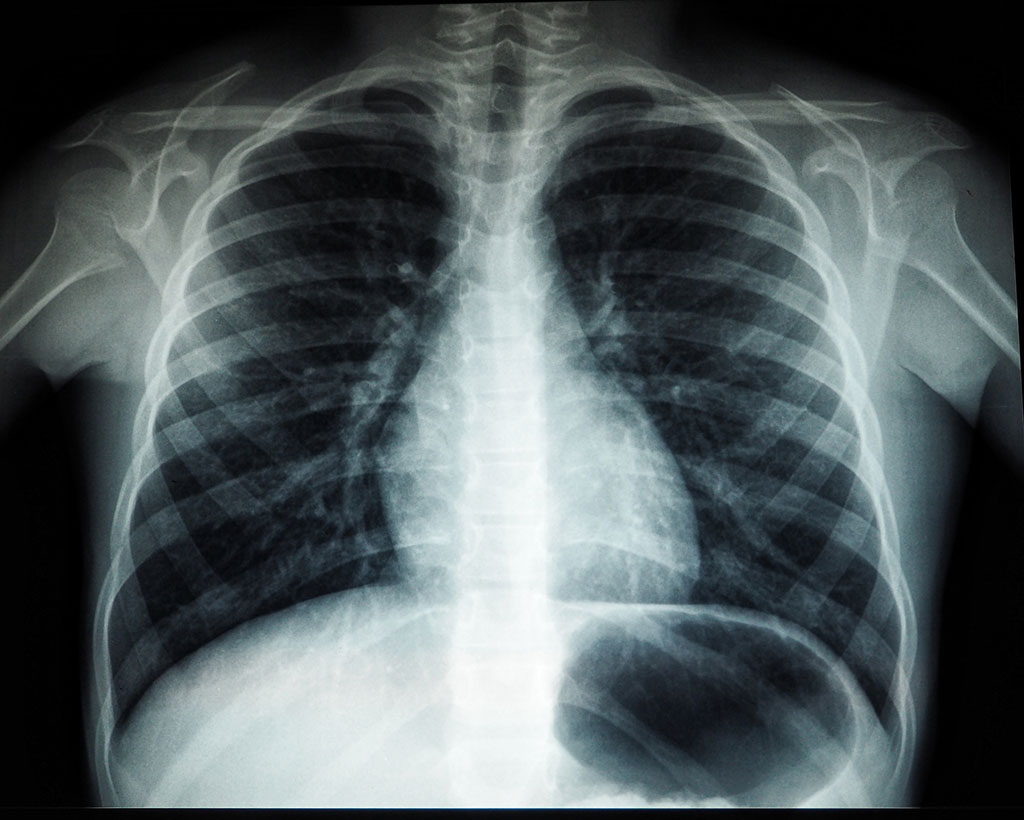
Most artificial intelligence (AI) models require labeled datasets during their “training” so they can learn to correctly identify pathologies. This process is especially burdensome for medical image-interpretation tasks since it involves large-scale annotation by human clinicians, which is often expensive and time-consuming. For instance, to label a chest X-ray dataset, expert radiologists would have to look at hundreds of thousands of X-ray images one by one and explicitly annotate each one with the conditions detected. While more recent AI models have tried to address this labeling bottleneck by learning from unlabeled data in a “pre-training” stage, they eventually require fine-tuning on labeled data to achieve high performance. Now, scientists have developed an AI diagnostic tool that can detect diseases on chest X-rays directly from natural-language descriptions contained in accompanying clinical reports.
The new model named CheXzero that was developed by scientists at Harvard Medical School (Boston, MA, USA) and colleagues at Stanford University (Stanford, CA, USA) is self-supervised, in the sense that it learns more independently, without the need for hand-labeled data before or after training. The step is deemed a major advance in clinical AI design because most current AI models require laborious human annotation of vast reams of data before the labeled data are fed into the model to train it. The model relies solely on chest X-rays and the English-language notes found in accompanying X-ray reports. The model was “trained” on a publicly available dataset containing more than 377,000 chest X-rays and more than 227,000 corresponding clinical notes.
Its performance was then tested on two separate datasets of chest X-rays and corresponding notes collected from two different institutions, one of which was in a different country. This diversity of datasets was meant to ensure that the model performed equally well when exposed to clinical notes that may use different terminology to describe the same finding. Upon testing, the researchers successfully identified pathologies that were not explicitly annotated by human clinicians. It outperformed other self-supervised AI tools and performed with accuracy similar to that of human radiologists. The approach, the researchers said, could eventually be applied to imaging modalities well beyond X-rays, including CT scans, MRIs, and echocardiograms.
“We’re living the early days of the next-generation medical AI models that are able to perform flexible tasks by directly learning from text,” said study lead investigator Pranav Rajpurkar, assistant professor of biomedical informatics in the Blavatnik Institute at HMS. “Up until now, most AI models have relied on manual annotation of huge amounts of data - to the tune of 100,000 images - to achieve a high performance. Our method needs no such disease-specific annotations.”
“With CheXzero, one can simply feed the model a chest X-ray and corresponding radiology report, and it will learn that the image and the text in the report should be considered as similar—in other words, it learns to match chest X-rays with their accompanying report,” Rajpurkar added. “The model is able to eventually learn how concepts in the unstructured text correspond to visual patterns in the image.”
Related Links:
Harvard Medical School
Stanford University
Latest AI News
Channels
Critical Care
view channel_1.jpg)
Cutting-Edge Bioelectronic Device Offers Drug-Free Approach to Managing Bacterial Infections
Antibiotic-resistant infections pose an increasing threat to patient safety and healthcare systems worldwide. Recent estimates indicate that drug-resistant infections may rise by 70% by 2050, highlighting... Read more
Sophisticated Machine-Learning Approach Uses Patient EHRs to Predict Pneumonia Outcomes
Pneumonia, an infection that results in difficulty breathing due to fluid accumulation in the lungs, is one of the leading causes of death worldwide. This condition is particularly challenging to treat... Read more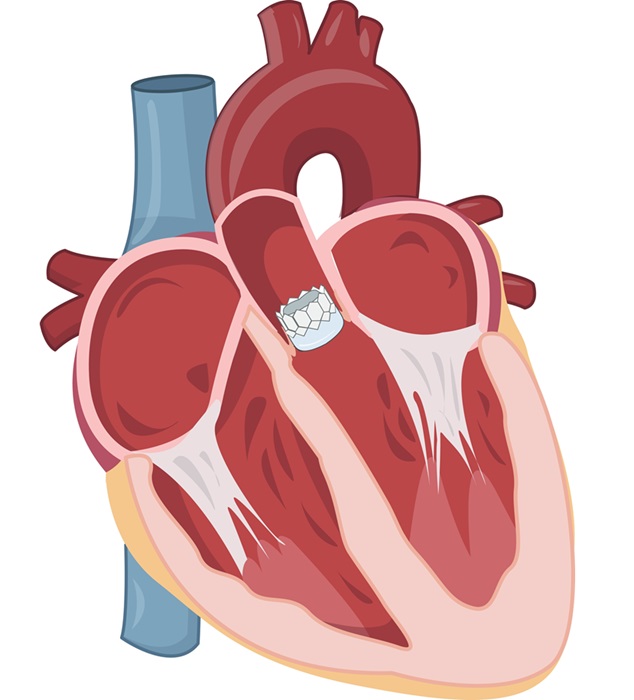
Early TAVR Benefits Patients with Asymptomatic Severe Aortic Stenosis
For patients with asymptomatic severe aortic stenosis (AS) and preserved left-ventricular ejection fraction, current guidelines recommend clinical surveillance every six to twelve months.... Read more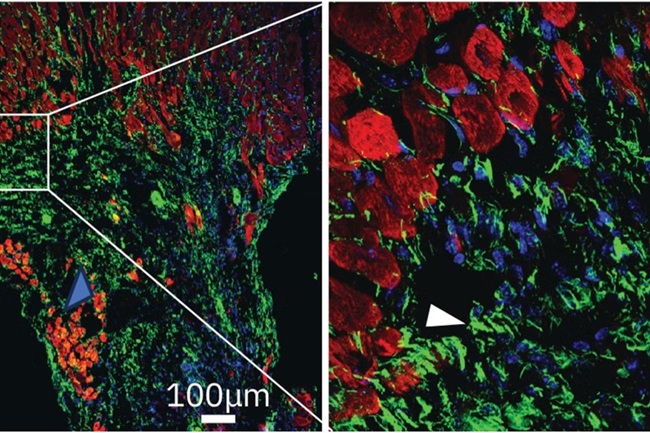
First-Of-Its-Kind Experimental Therapy Enhances Tissue Repair After Heart Attack
Cardiovascular disease remains the leading cause of death worldwide, accounting for one-third of all annual fatalities. Following a heart attack, the heart's natural regenerative ability is limited, resulting... Read moreSurgical Techniques
view channel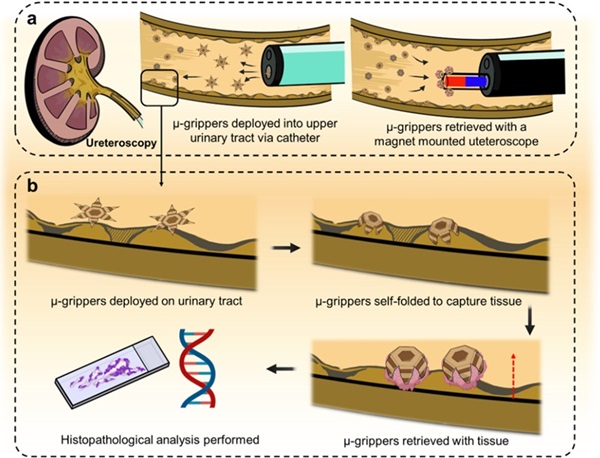
Microgrippers For Miniature Biopsies to Create New Cancer Diagnostic Screening Paradigm
The standard diagnosis of upper urinary tract cancers typically involves the removal of suspicious tissue using forceps, a procedure that is technically challenging and samples only a single region of the organ.... Read moreMiniature Soft Lithium-Ion Battery Could Be Used as Defibrillator During Surgery
The development of tiny smart devices, measuring just a few cubic millimeters, requires equally miniature power sources. For minimally invasive biomedical devices that interact with biological tissues,... Read more.jpg)
TAVI Procedure Supported by Radial Artery Access Reduces Bleeding Complications
The TAVI procedure, or Transcatheter Aortic Valve Implantation, is a minimally invasive technique in which a new aortic valve is inserted through a femoral artery to replace a narrowed old valve.... Read more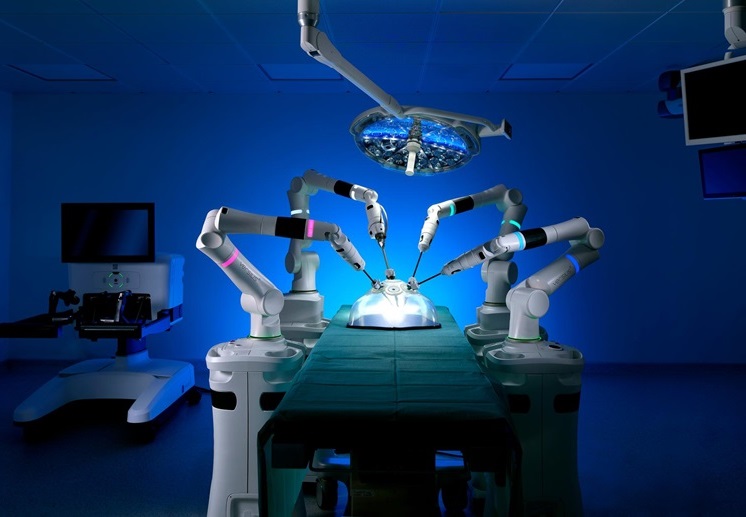
Portable Surgical Robot Seamlessly Integrates into Any OR for Performing Cholecystectomy Procedures
The United States represents a significant market with a strong demand for a flexible surgical robotic system applicable across various care settings. However, there has been a lack of sufficient options... Read morePatient Care
view channel
Portable Biosensor Platform to Reduce Hospital-Acquired Infections
Approximately 4 million patients in the European Union acquire healthcare-associated infections (HAIs) or nosocomial infections each year, with around 37,000 deaths directly resulting from these infections,... Read moreFirst-Of-Its-Kind Portable Germicidal Light Technology Disinfects High-Touch Clinical Surfaces in Seconds
Reducing healthcare-acquired infections (HAIs) remains a pressing issue within global healthcare systems. In the United States alone, 1.7 million patients contract HAIs annually, leading to approximately... Read more
Surgical Capacity Optimization Solution Helps Hospitals Boost OR Utilization
An innovative solution has the capability to transform surgical capacity utilization by targeting the root cause of surgical block time inefficiencies. Fujitsu Limited’s (Tokyo, Japan) Surgical Capacity... Read more
Game-Changing Innovation in Surgical Instrument Sterilization Significantly Improves OR Throughput
A groundbreaking innovation enables hospitals to significantly improve instrument processing time and throughput in operating rooms (ORs) and sterile processing departments. Turbett Surgical, Inc.... Read moreHealth IT
view channel
Machine Learning Model Improves Mortality Risk Prediction for Cardiac Surgery Patients
Machine learning algorithms have been deployed to create predictive models in various medical fields, with some demonstrating improved outcomes compared to their standard-of-care counterparts.... Read more
Strategic Collaboration to Develop and Integrate Generative AI into Healthcare
Top industry experts have underscored the immediate requirement for healthcare systems and hospitals to respond to severe cost and margin pressures. Close to half of U.S. hospitals ended 2022 in the red... Read more
AI-Enabled Operating Rooms Solution Helps Hospitals Maximize Utilization and Unlock Capacity
For healthcare organizations, optimizing operating room (OR) utilization during prime time hours is a complex challenge. Surgeons and clinics face difficulties in finding available slots for booking cases,... Read more
AI Predicts Pancreatic Cancer Three Years before Diagnosis from Patients’ Medical Records
Screening for common cancers like breast, cervix, and prostate cancer relies on relatively simple and highly effective techniques, such as mammograms, Pap smears, and blood tests. These methods have revolutionized... Read morePoint of Care
view channel
Handheld, Sound-Based Diagnostic System Delivers Bedside Blood Test Results in An Hour
Patients who go to a doctor for a blood test often have to contend with a needle and syringe, followed by a long wait—sometimes hours or even days—for lab results. Scientists have been working hard to... Read more
Smartphone-Enabled, Paper-Based Quantitative Diagnostic Platform Transforms POC Testing
Point-of-care diagnostics are crucial for public health, offering rapid, on-site testing that enables prompt diagnosis and treatment. This is especially valuable in remote or underserved regions where... Read moreBusiness
view channel
Hologic Acquires Gynesonics to Strengthen Existing Gynecological Surgical Business
Hologic (Marlborough, MA, USA) has signed a definitive agreement to acquire Gynesonics (Redwood City, CA, USA) for approximately USD 350 million, subject to working capital and other customary closing adjustments.... Read more